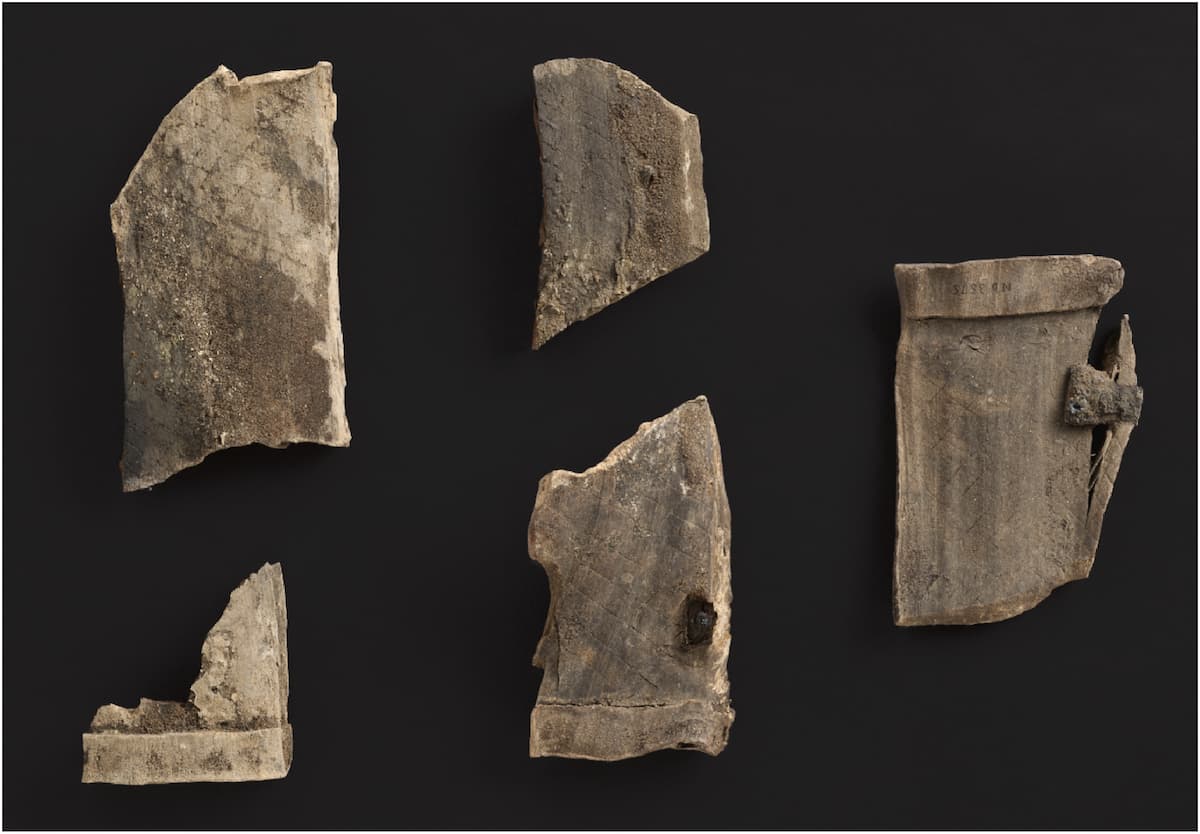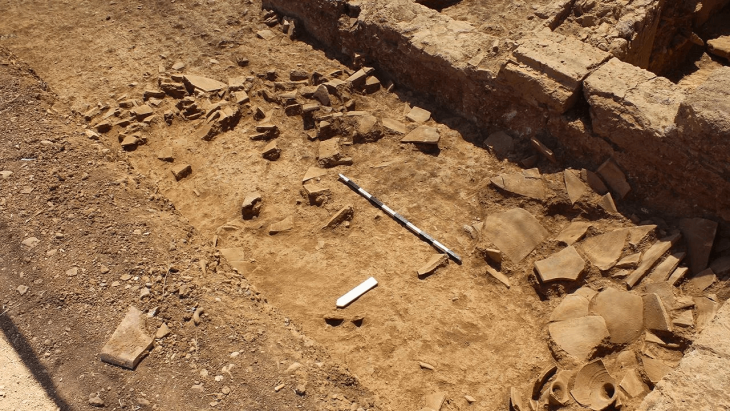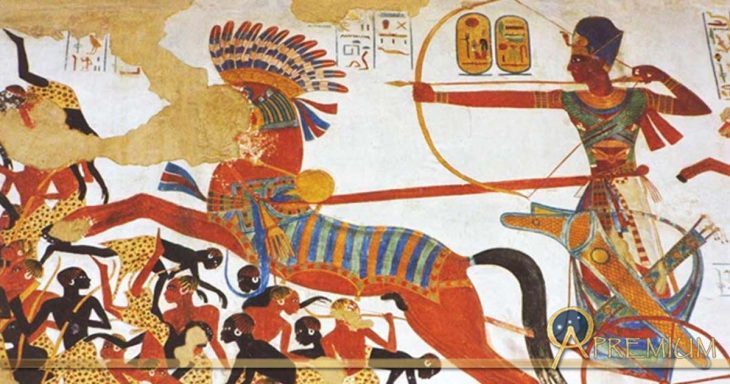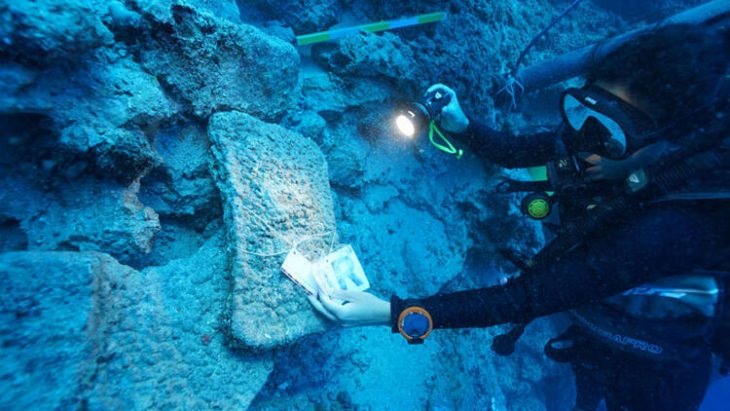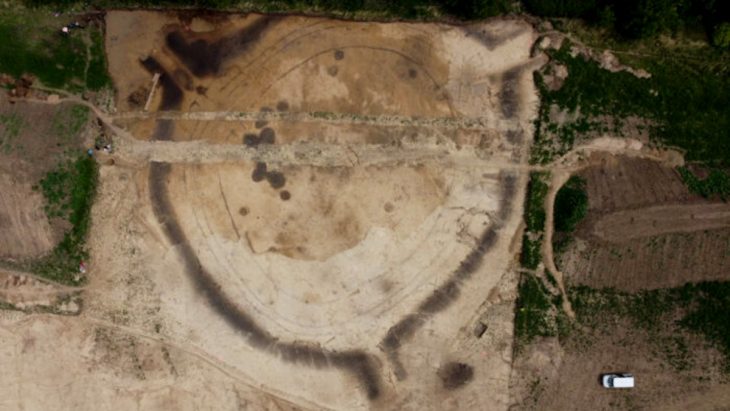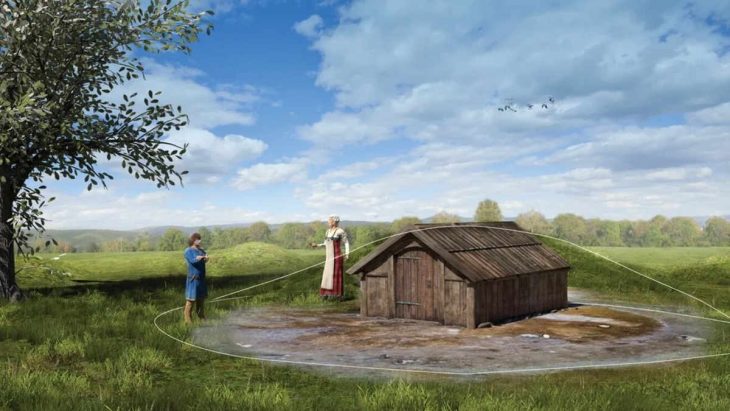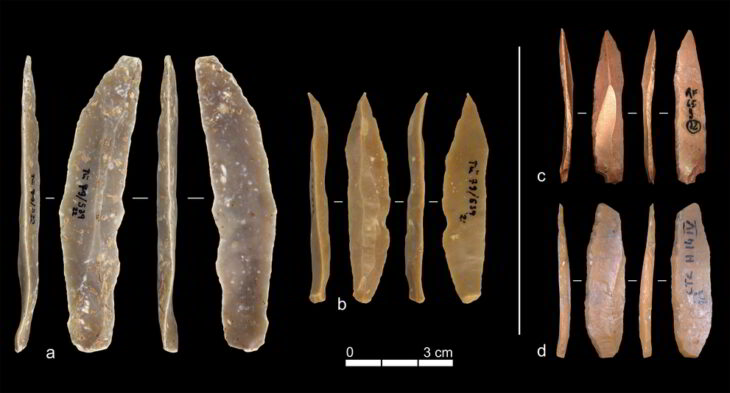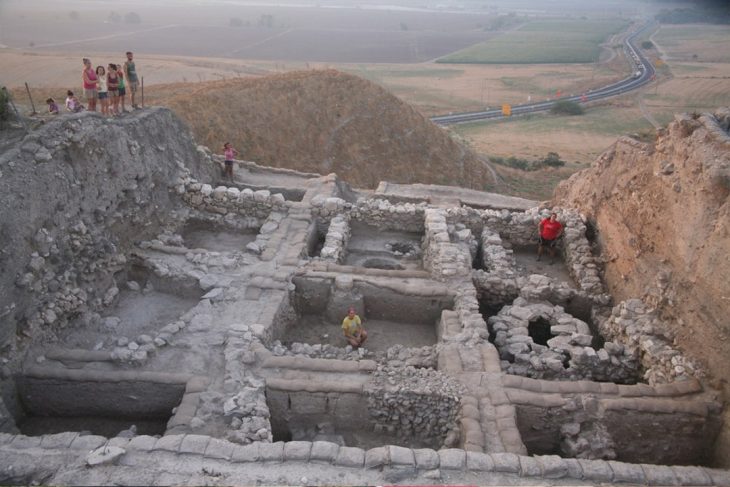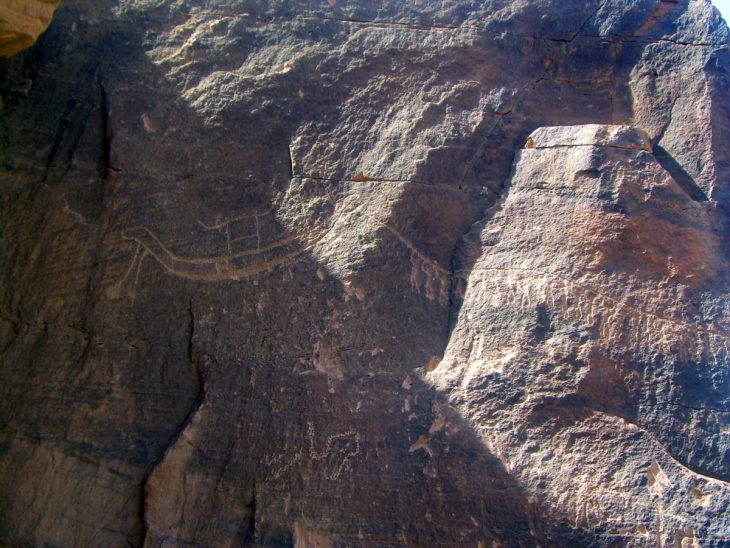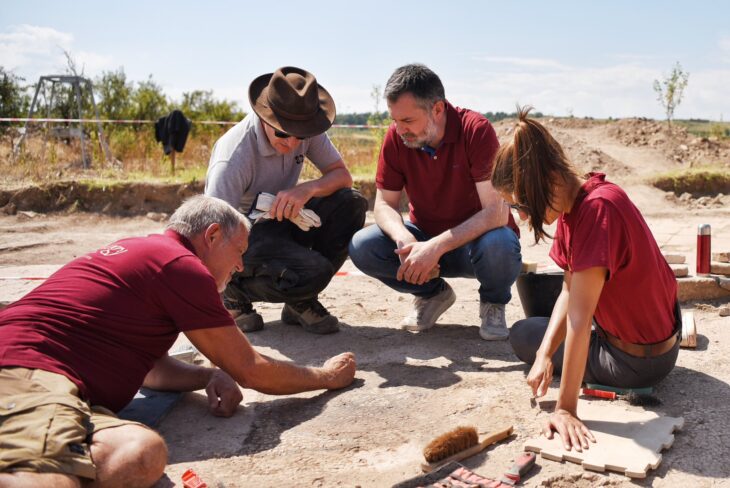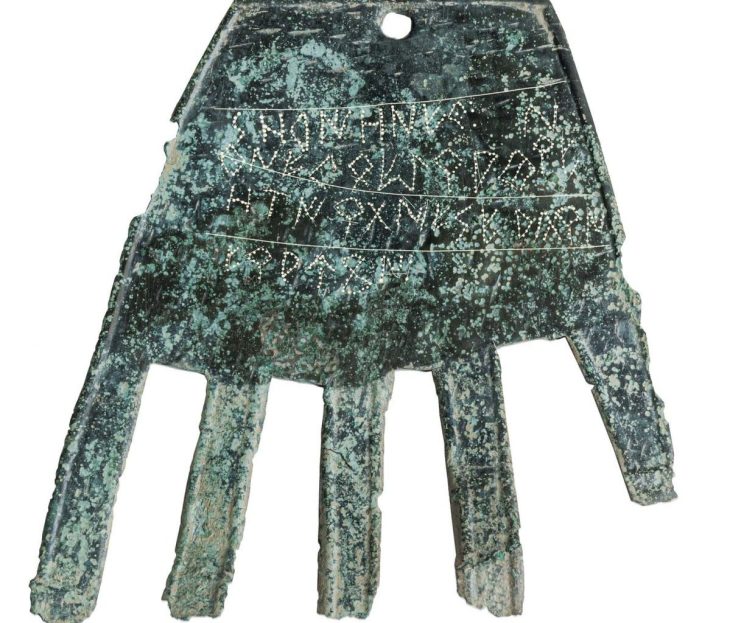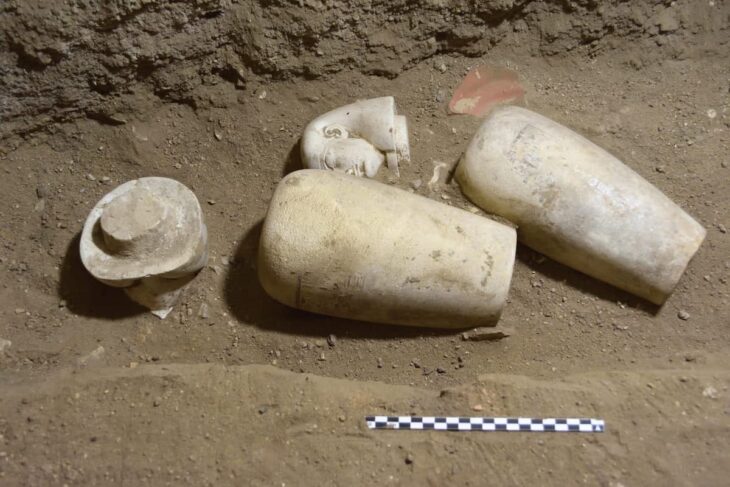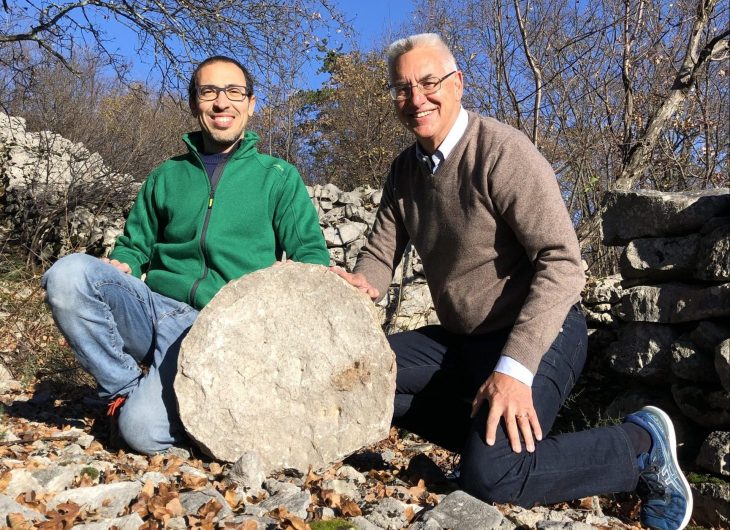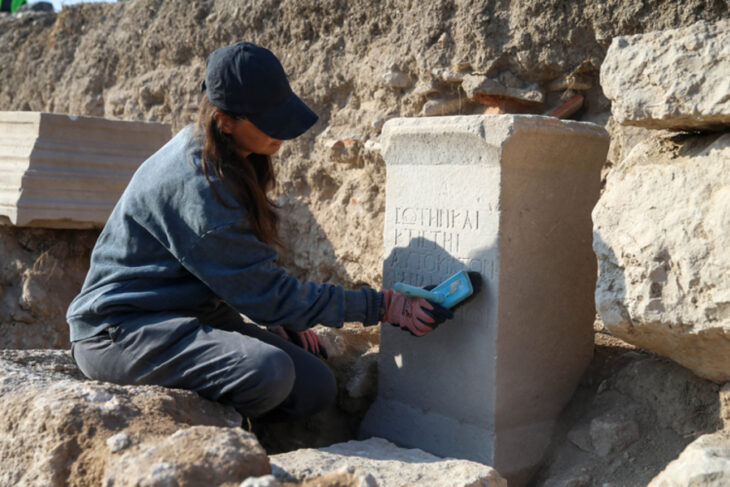Recent scientific investigations into the writing boards excavated from the ancient Assyrian city of Nimrud have shed new light on the materials and techniques used in early cuneiform writing. These boards, dating back to the 7th century BC, represent the earliest known evidence of cuneiform writing on wax, with their yellowish writing paste identified as a mixture of beeswax and orpiment.
The Nimrud writing boards were discovered during excavations in the 1950s, a significant archaeological find that provided insight into the administrative and scholarly practices of the Assyrian Empire. These boards were preserved when they were accidentally thrown down a well during the city’s sack in 612 BC, allowing for their survival in a region where wooden artifacts are rarely found due to environmental conditions. The boards, made from walnut wood, were found alongside 16 ivory examples, which were much larger than previously known writing boards, providing a rare glimpse into the writing practices of ancient Iraq.
Initial analyses conducted at the time by Dr. H. J. Plenderleith revealed that the wax layer contained beeswax mixed with approximately 25% orpiment (arsenic sulfide). However, the methodologies used in these early investigations were not thoroughly documented, leaving many questions about the composition and preservation of the writing paste.
A recent study published in the Journal of Archaeological Science and conducted at the British Museum has employed advanced analytical techniques, including Fourier Transform infrared spectroscopy (FTIR) and gas chromatography coupled to quadrupole time-of-flight mass spectrometry (GC-QToF-MS), to re-examine the chemical composition of the writing paste. The results confirmed that the yellow paste was primarily composed of beeswax mixed with orpiment, with no organic additives detected. This finding aligns with earlier observations but refines our understanding of the materials used, suggesting that only pigments were likely added to enhance the writing surface.
Additionally, the study revealed traces of carbon black, indicating that the practice of adding soot or ashes to beeswax for writing boards may have originated much earlier than previously thought. This discovery suggests that the techniques used in the Middle East could have influenced later Greek and Roman practices, where similar methods were employed to create writing surfaces.
📣 Our WhatsApp channel is now LIVE! Stay up-to-date with the latest news and updates, just click here to follow us on WhatsApp and never miss a thing!!
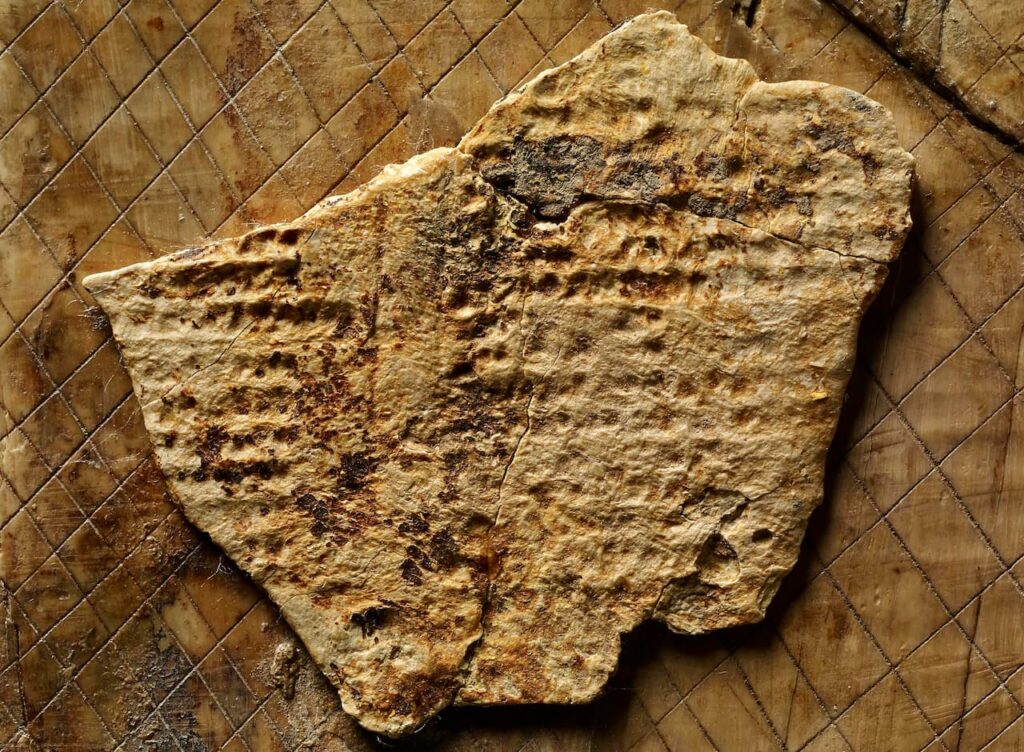
The identification of walnut wood further indicates the use of locally sourced materials in the production of these writing boards, highlighting the resourcefulness of ancient scribes. As walnut is native to Southwest Asia, its presence reinforces the idea that these writing boards were crafted using materials readily available in the region.
This research not only enhances our understanding of the technological aspects of ancient writing but also contributes to the broader context of Mesopotamian antiquities. The findings will inform future displays at the British Museum and provide a foundation for comparative studies with writing boards from other ancient cultures, including those in Anatolia, the Levant, and Egypt.
Moreover, the study emphasizes the importance of using modern analytical techniques to revisit historical artifacts, allowing researchers to uncover new insights and refine existing knowledge. As the study of these artifacts continues, it opens new avenues for exploring the cultural and historical significance of writing practices in the ancient world, ultimately enriching our understanding of human communication and record-keeping throughout history.
In conclusion, the scientific revisitation of the Nimrud writing boards not only leads to new insights into the materiality of these artifacts but also opens new opportunities for research exploring comparisons with writing boards from various ancient cultures. This ongoing investigation allows us to better contextualize these Mesopotamian antiquities and build innovative narratives for their future display, ensuring that the legacy of ancient writing practices continues to be appreciated and understood.
Diego Tamburini, Joanne Dyer, at al., Material characterisation of the Neo-Assyrian writing boards from Nimrud. Journal of Archaeological Science, Volume 178, June 2025, 106218. doi.org/10.1016/j.jas.2025.106218
Cover Image Credit: Five fragments of a wooden writing board from Nimrud (9th-7th centuries BC), in the British Museum. Credit: The Trustees of the British Museum

